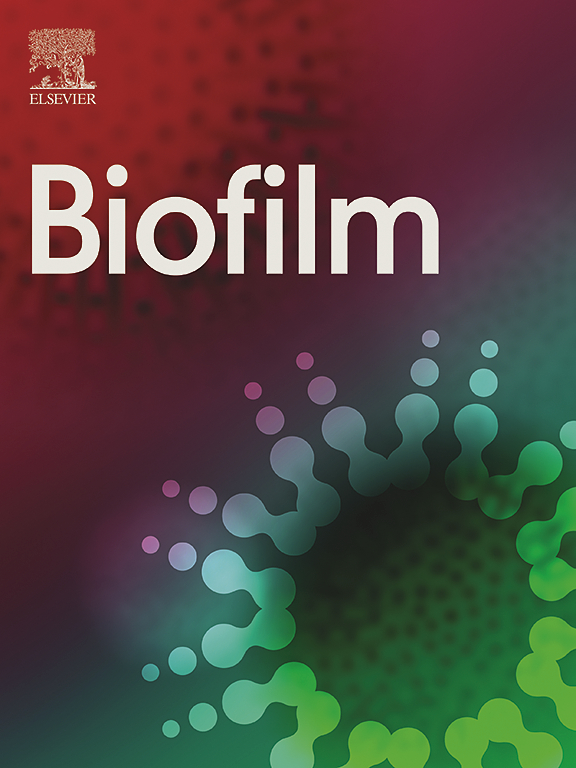α,α-disubstituted β-amino amides eliminate Staphylococcus aureus biofilms by membrane disruption and biomass removal
Abstract
Bacterial biofilms account for up to 80% of all infections and complicate successful therapies due to their intrinsic tolerance to antibiotics. Biofilms also cause serious problems in the industrial sectors, for instance due to the deterioration of metals or microbial contamination of products. Efforts are put in finding novel strategies in both avoiding and fighting biofilms. Biofilm control is achieved by killing and/or removing biofilm or preventing transition to the biofilm lifestyle. Previous research reported on the anti-biofilm potency of α,α-disubstituted β-amino amides A1, A2 and A3, which are small antimicrobial peptidomimetics with a molecular weight below 500 Da. In the current study it was investigated if these derivatives cause a fast disintegration of biofilm bacteria and removal of Staphylococcus aureus biofilms. One hour incubation of biofilms with all three derivatives resulted in reduced metabolic activity and membrane permeabilization in S. aureus (ATCC 25923) biofilms. Bactericidal properties of these derivatives were attributed to a direct effect on membranes of biofilm bacteria. The green fluorescence protein expressing Staphylococcus aureus strain AH2547 was cultivated in a CDC biofilm reactor and utilized for disinfectant efficacy testing of A3, following the single tube method (American Society for Testing and Materials designation number E2871). A3 at a concentration of 90 μM acted as fast as 100 μM chlorhexidine and was equally effective. Confocal laser scanning microscopy studies showed that chlorhexidine treatment lead to fluorescence fading indicating membrane permeabilization but did not cause biomass removal. In contrast, A3 treatment caused a simultaneous biofilm fluorescence loss and biomass removal. These dual anti-biofilm properties make α,α-disubstituted β-amino amides promising scaffolds in finding new control strategies against recalcitrant biofilms.

 求助内容:
求助内容: 应助结果提醒方式:
应助结果提醒方式:


